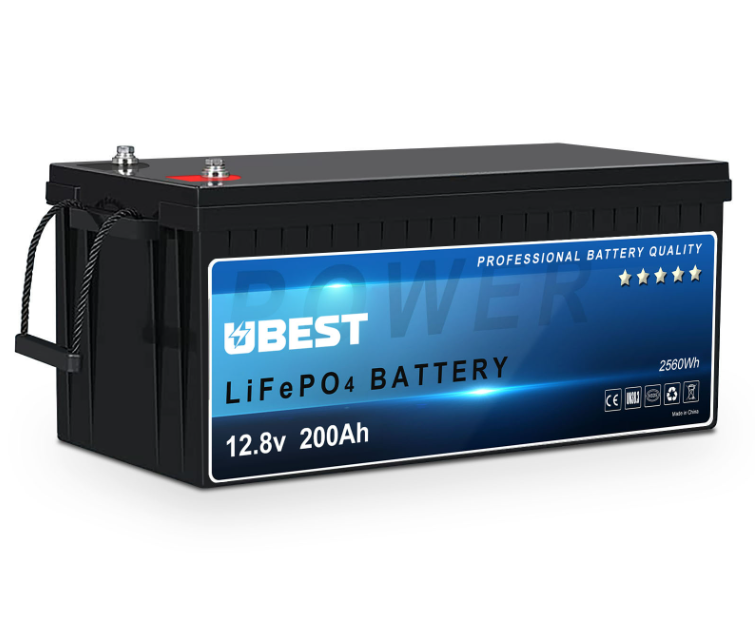Views: 200 Author: Ubest Publish Time: 2023-08-14 Origin: Site









Does the lifespan of a LiFePO4 battery (a lithium iron phosphate battery) depend on how many times it is charged? We are all aware that lead-acid batteries have a maximum cycle life of 500 cycles and an average cycle life of about 300 cycles. The cycle life of LiFePO4 batteries can, however, exceed 2,000 cycles, and it can do so after a standard (5-hour rate) charge. While the theoretical life of LiFePO4 batteries under the same conditions will reach 7–8 years, the lead-acid battery of the same quality has a "new half-year, old half-year, maintenance half-year" cycle that lasts at most 1–1.5 years. In this situation, many LiFePO4 battery users have doubts. They will inquire as to whether the number of LiFePO4 battery charging cycles affects the battery's lifespan. Ubest, a manufacturer of LiFePO4 batteries, will explain the technology to everyone today. Do LiFePO4 batteries' lives depend on how often they are charged? Click here for 12V 200Ah LiFePO4. Battery
With each charge, a lithium battery's lifespan gets shorter. The typical number of charges for a lithium battery is 2000–3000. The lithium battery's ability to store energy will somewhat decline after performing so many cycles. In lithium batteries, for example, the nominal charge-discharge cycle is "not less than 60% of the nominal capacity after 500 cycles," which means that after 500 cycles, the battery can only store 60% of the new battery's power, indicating that performance has declined. As a result, when using a lithium battery, it should be charged as soon as possible, rather than waiting until it runs out of power. This is not acceptable, and it is necessary to charge it frequently.
Because lithium batteries typically last 300–500 charging cycles and the number of charging cycles is one of the indicators used to gauge the life of LiFePO4 batteries, the number of charging cycles will have an impact on the battery life. A lithium battery can be used 1000 times. However, the shallow filling is not complete because the charging time is spent deep charging and discharging. It is not necessary to use LiFePO4 batteries in such a complicated way. Replace the battery with a new one if it interferes with use.
When we use batteries, we also need to consider how to recycle them effectively, and it is our collective responsibility to protect the environment.
Due to their distinct advantages, LiFePO4 batteries have become increasingly popular in the world of lithium rechargeable batteries. LiFePO4 battery chargers are distinct from chargers for regular lithium batteries.
Some cellphone chargers have safety features that prevent them from continuing to charge when the lithium battery voltage reaches 4.2 volts. Between the LiFePO4 battery and the charger, a silicon diode with a slightly higher power rating (forward voltage drop of about 0.6V) is connected in series. The LiFePO4 battery voltage can also be detected by the charger, which will then stop charging when the diode voltage drop reaches just 4.2V and the battery voltage reaches 3.6V.
The mobile phone battery protection circuit is removed for LiFePO4 battery charging protection. When charging, a diode is connected in series according to the above principle, providing 4.2 volts of protection.
The number of times the battery can be charged by LiFePO4 is not fixed. Regular LiFePO4 battery manufacturers' LiFePO4 batteries can be charged and discharged at least 500 times with the capacity remaining above 80% of the initial capacity. It is safe to use once a day for two years. Under normal circumstances, the mobile phone battery is charged 1000 times, causing the battery to fail. As a result, whether it is a lithium or a LiFePO4 battery, the more charging times available, the better.
content is empty!